Safety tips:
While stream hike is a great outing in summer, there are still a lot of things to keep in mind. Let's start with safety:
Stream hiking is walking from the bottom of to the top of the mountain along the river stream (you can also do the other way round but it is more dangerous and you will need more equipment, which will not be covered in this article).
Stream hiking is not the same as hiking. Stream hike in Hong Kong requires scrambling, stream crossing, and sometimes swimming. All that makes it an even more exciting experience! What’s better than taking a relaxing dip into a freshwater stream in the heat?
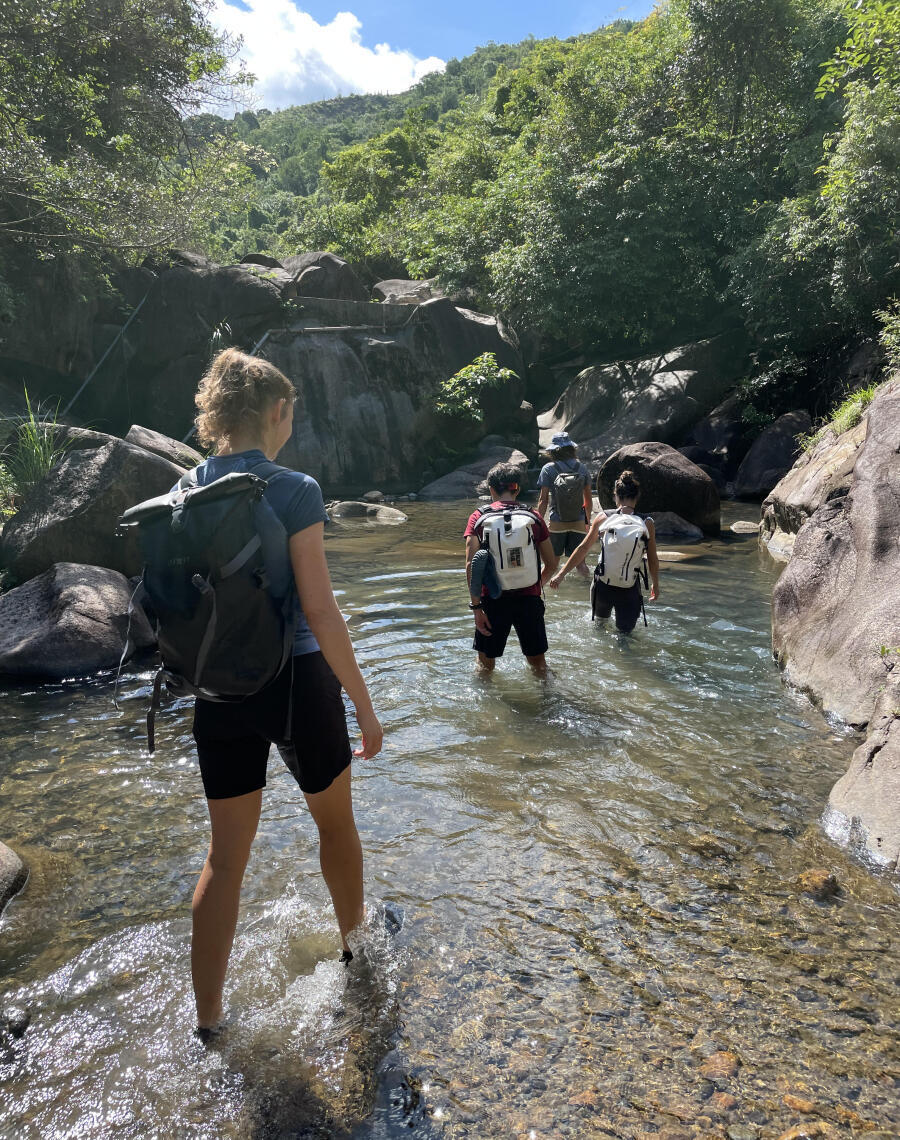
1. Little hawaii falls streamtrek
Location: Tseng Lan Shue village
Difficulty: Easy
Duration: Approximately 1 hour
Little Hawaii is a long reservoir. It attracts many stream hike beginners as it only takes a short distance to see a waterfall that is quite spectacular in Hong Kong.
2. Sheung tam stream
Location: Tai Tam Country Park in the southern Hong Kong Island
Difficulty: Medium
Duration: Approximately 2 hours
It is a relatively easy stream hiking trail but still requires some climbing and the distance is quite short.
3. Au pui wan stream
Location: Wong Chuk Yeung Tsuen Path
Difficulty: Medium to high
Duration: Approximately 3.5 hours
You need to do a lot of climbing and swimming to cross the gorge. The journey is not long but with a little flat land. The slopes are also quite slippery. It is more suitable for those who are experienced in stream hiking.
While stream hike is a great outing in summer, there are still a lot of things to keep in mind. Let's start with safety:
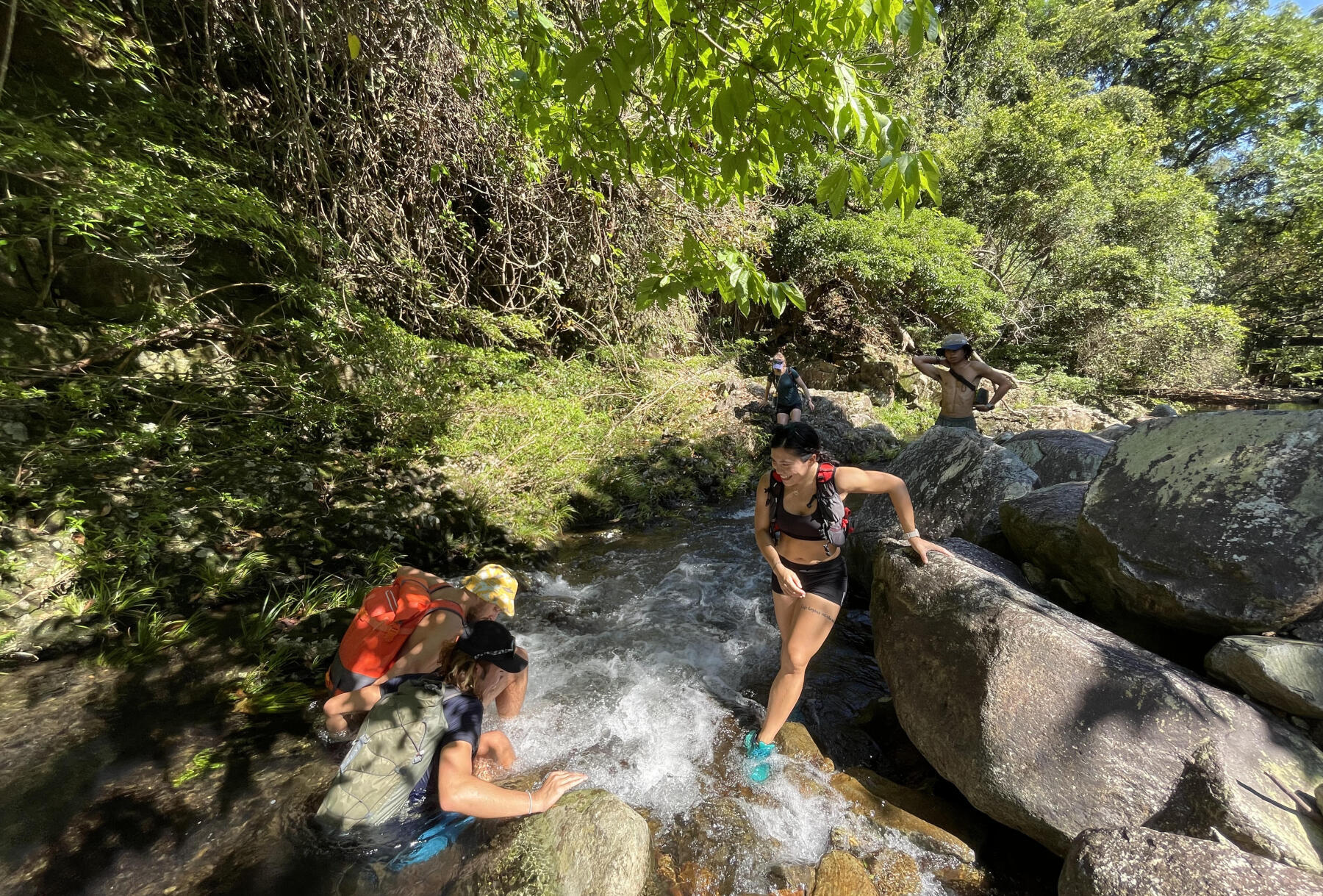
The biggest difference between stream hiking and hiking is the amount of rock scrambling involved. It is also common that you need to cross a deep pool, so it is expected to be more dangerous than ordinary hiking. Before departure, please evaluate your fitness level, hiking skills and swimming skills. Personal safety is the most important consideration.
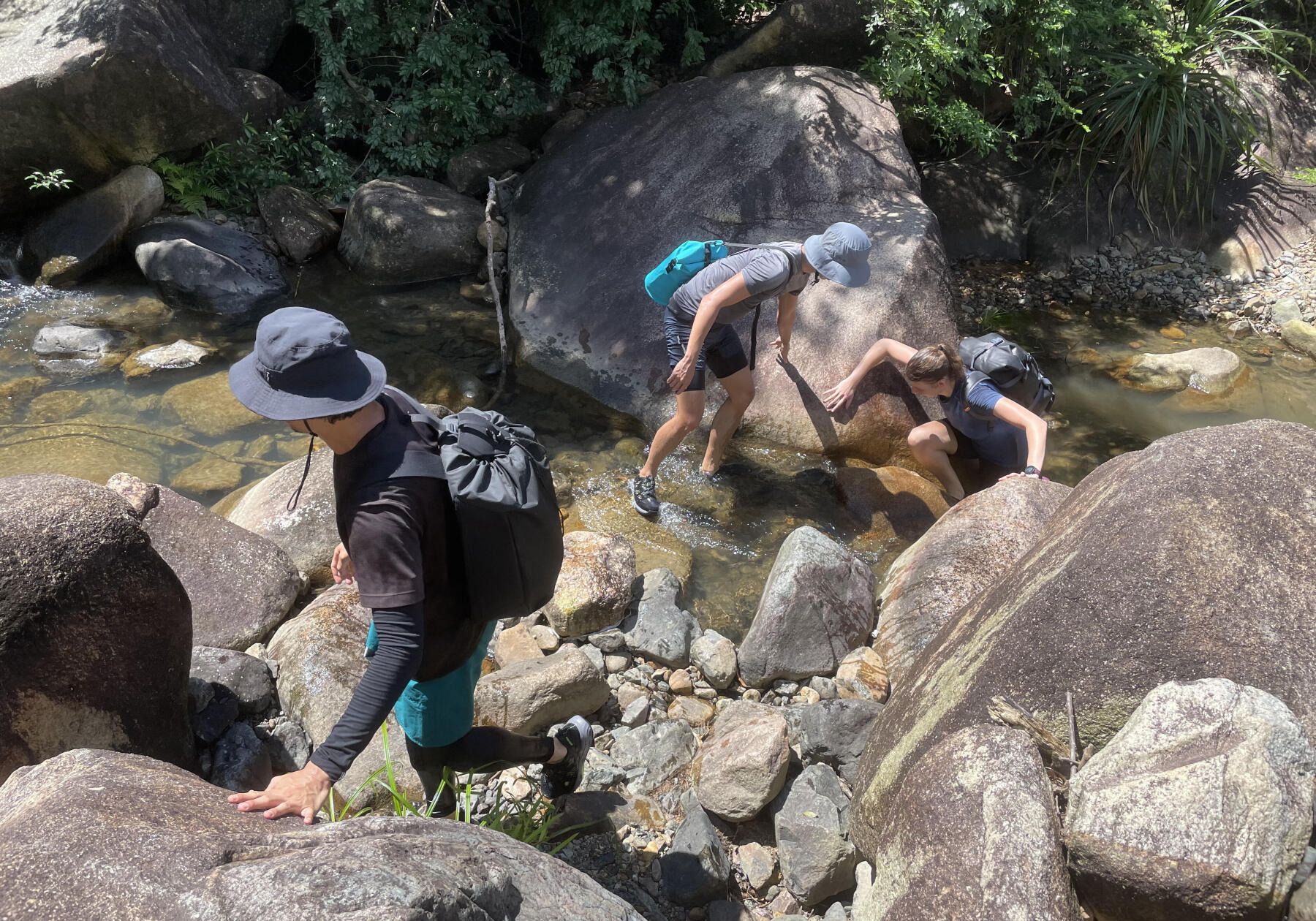
Just like hiking, you must know the conditions of the stream hike route, the length of the trip, the time required, etc., in order to prepare sufficient drinking water and food. You must also know the particularly difficult climbing points, water depth, etc. in advance.
Unlike hiking, there are generally few exit points for stream hiking, and in most cases, you cannot go back or replenish. Therefore, it is very important to understand the requirements for the stream hike route. Pay attention to where the rescue team can access safely in case you need help. (for example, somewhere with mobile signal and no water flow so you can stay safely).
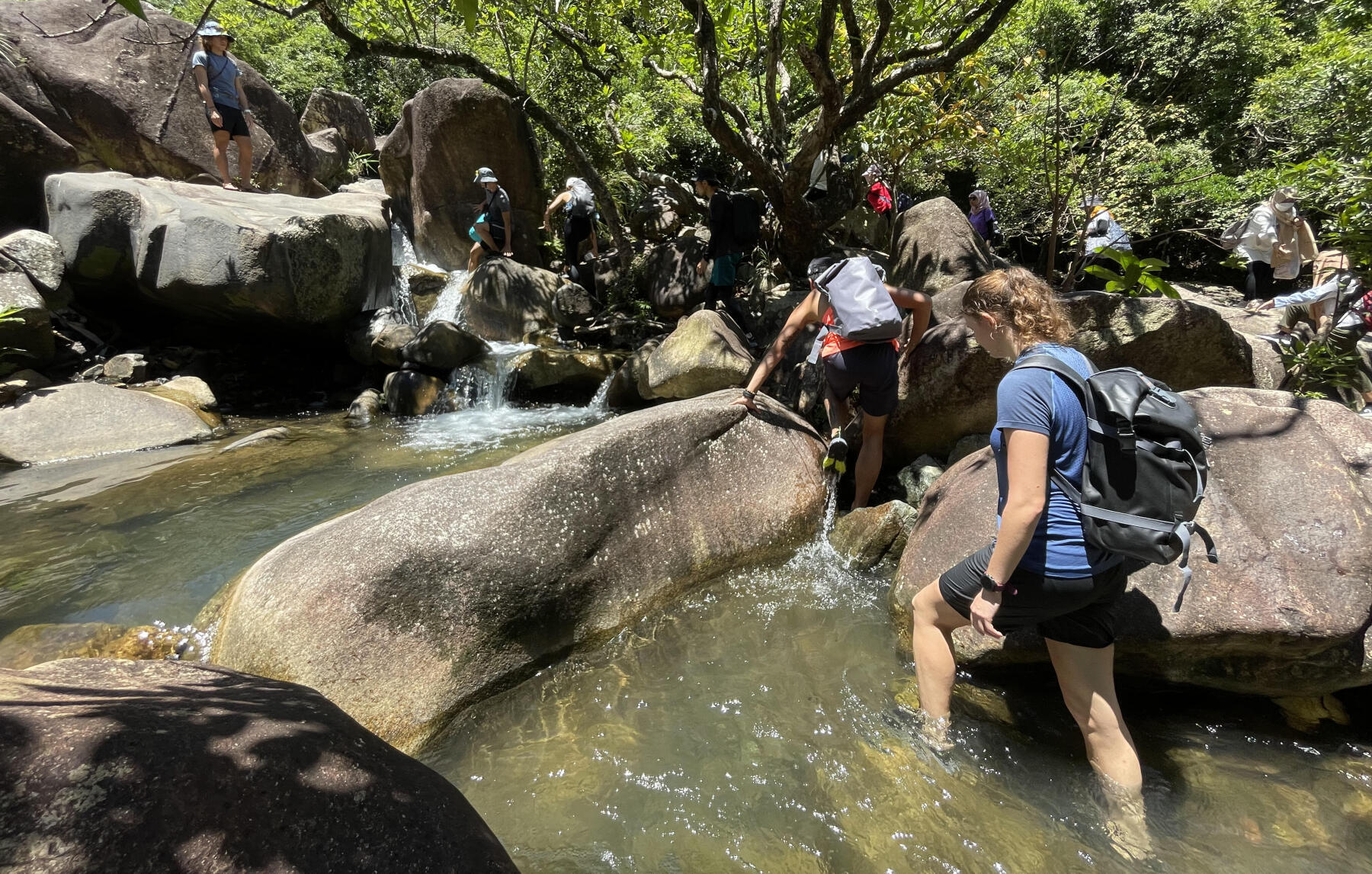
In addition to the road conditions, the previous rainfall should also be considered. There is no accurate way to measure but you can detect the abnormal water level. Too much or too little can also be a danger signal.
The high water level can be caused by the heavy rain earlier, which makes climbing extremely difficult; the low water level is possibly due to an object blocking the stream, and you do not know when it will be released and cause a sudden overflow. Once these situations occur, there is a chance of serious casualties. It is not recommended to go stream hiking before and after the abnormal weather.
Remember not to stream hike alone, bring along sun protection clothing, and do enough warm-up. Based on the rules of leaving no traces (LNT), we should also take note of the following:
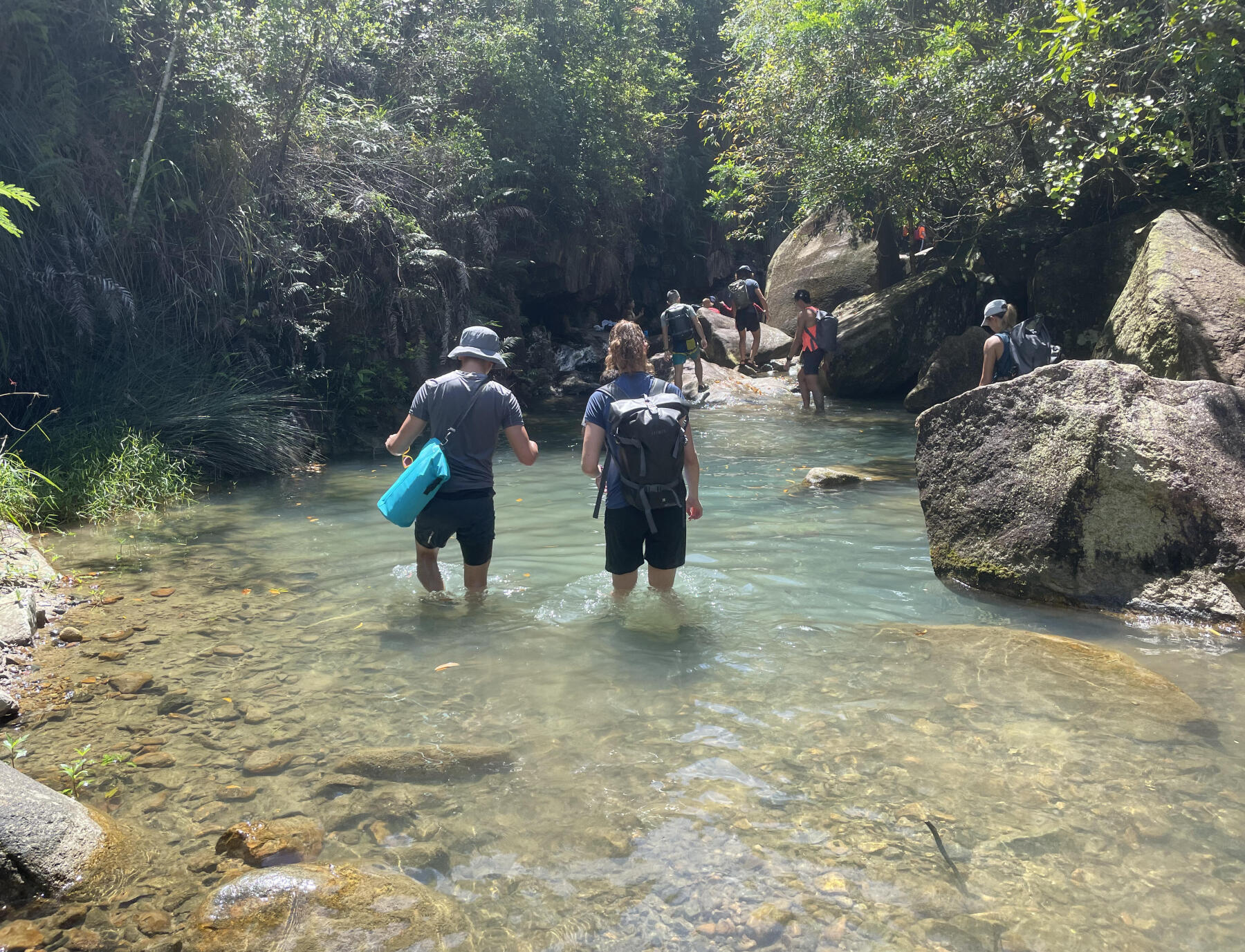
The ecosystem of streams is very fragile. The chemicals left in the water while stream hiking will stay in low flow for a long time. Some streams may be the source of drinking water, so please wear long-sleeved clothes instead.
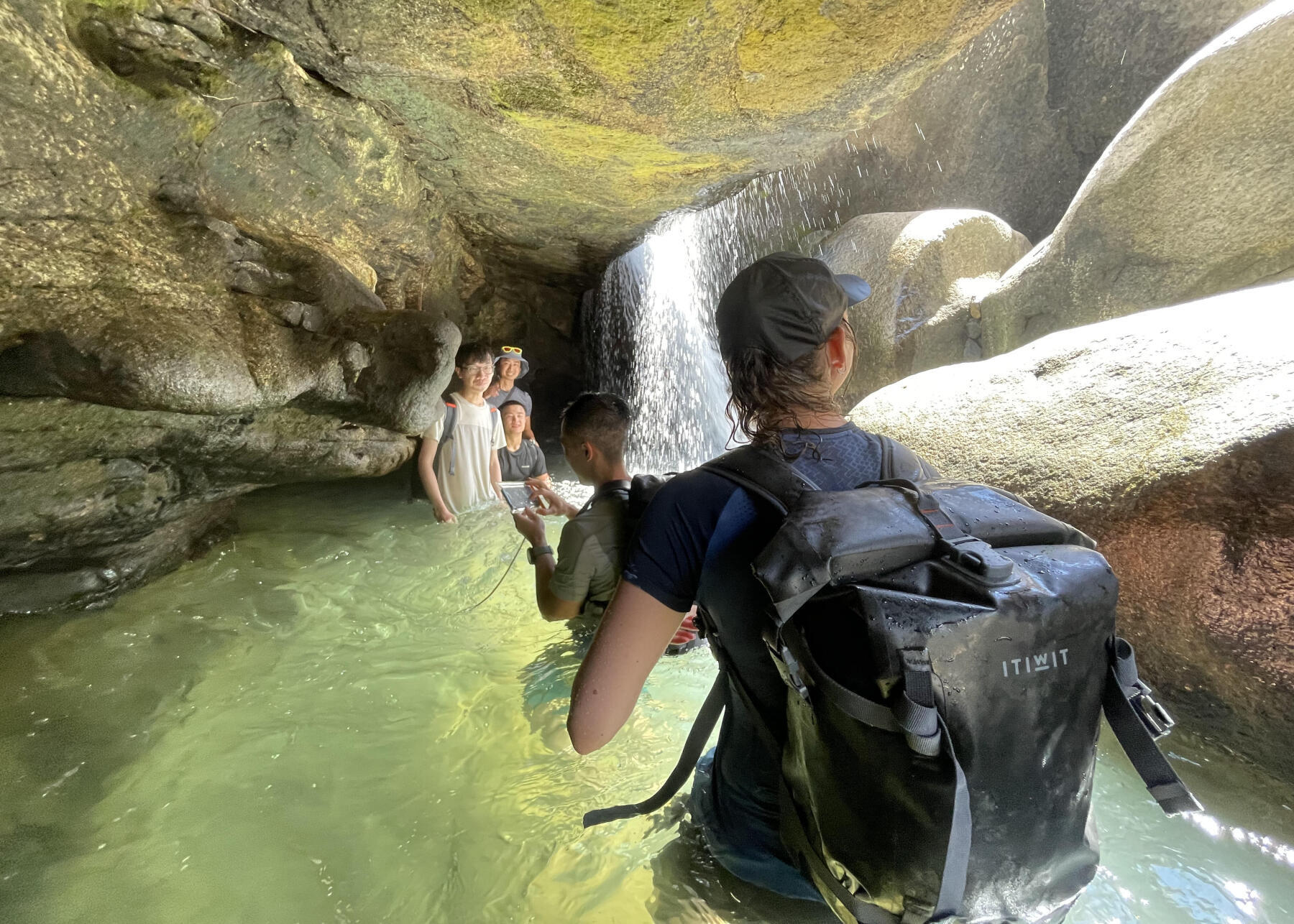
As we said the stream ecosystem is very fragile, any leftover can trigger a chain reaction. For example, the organic matter people left behind may cause the reproduction of bacteria/fungi/algae, resulting in the death of a large number of aquatic organisms, which cannot be recovered.
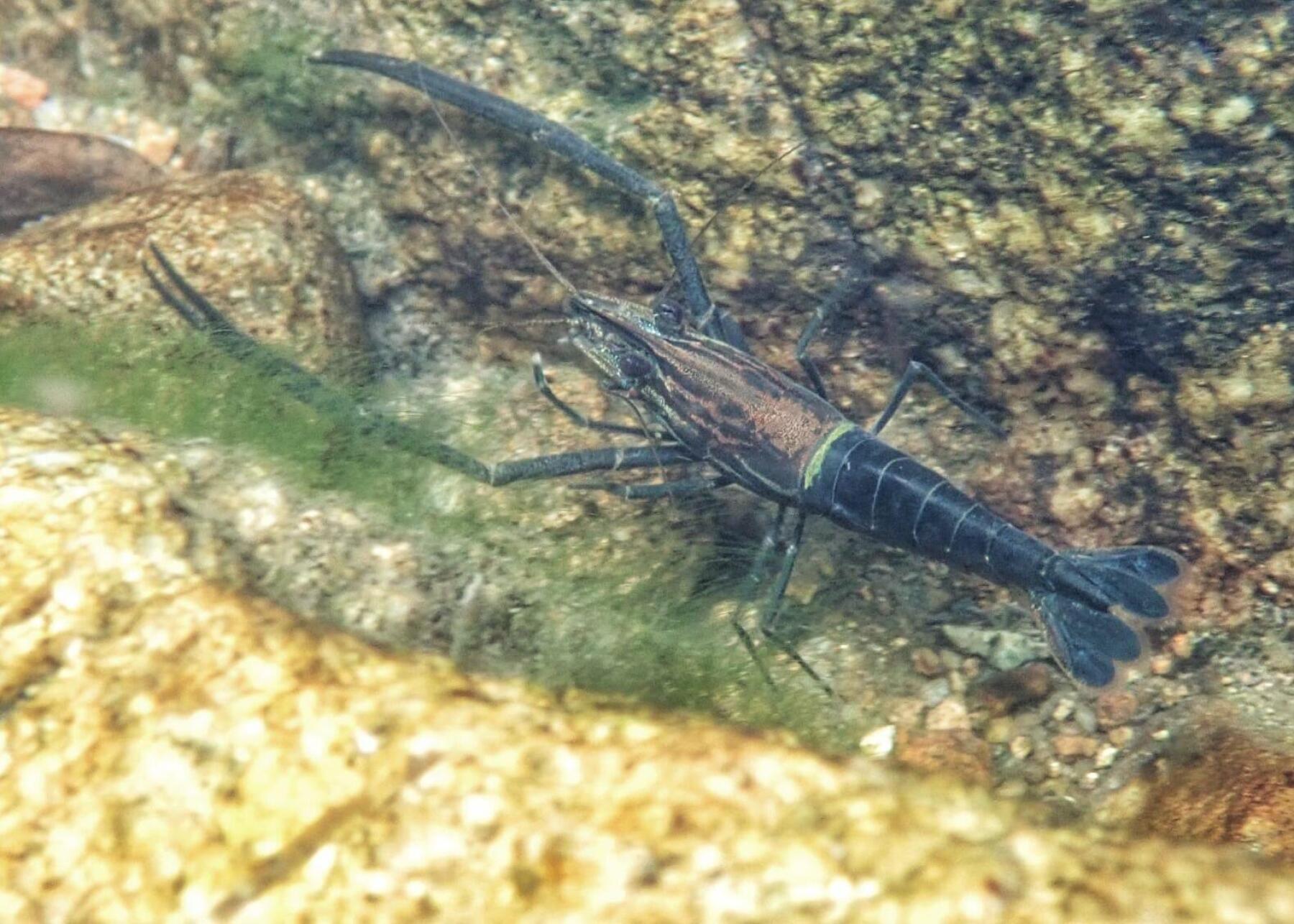
The aquatic creatures in the stream may be infected and killed by bacteria attached to the human body. For example, some snails are prone to extinction. Please keep your distance and just take pictures while stream hiking.
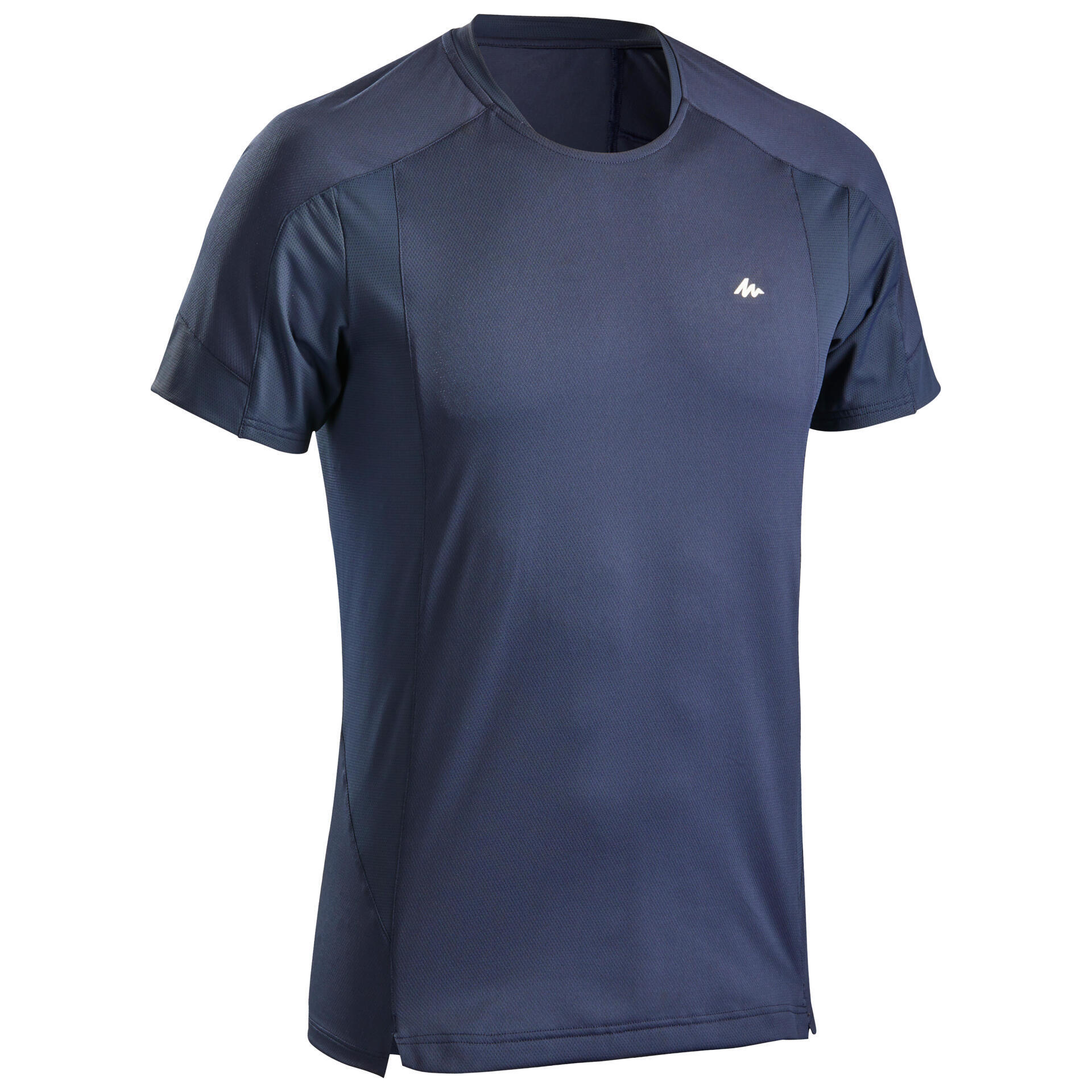
Clothing
1) Quick-drying; 2) Abrasion resistance; 3) Slim fit. It is also recommended to bring an extra set to change on the way back.
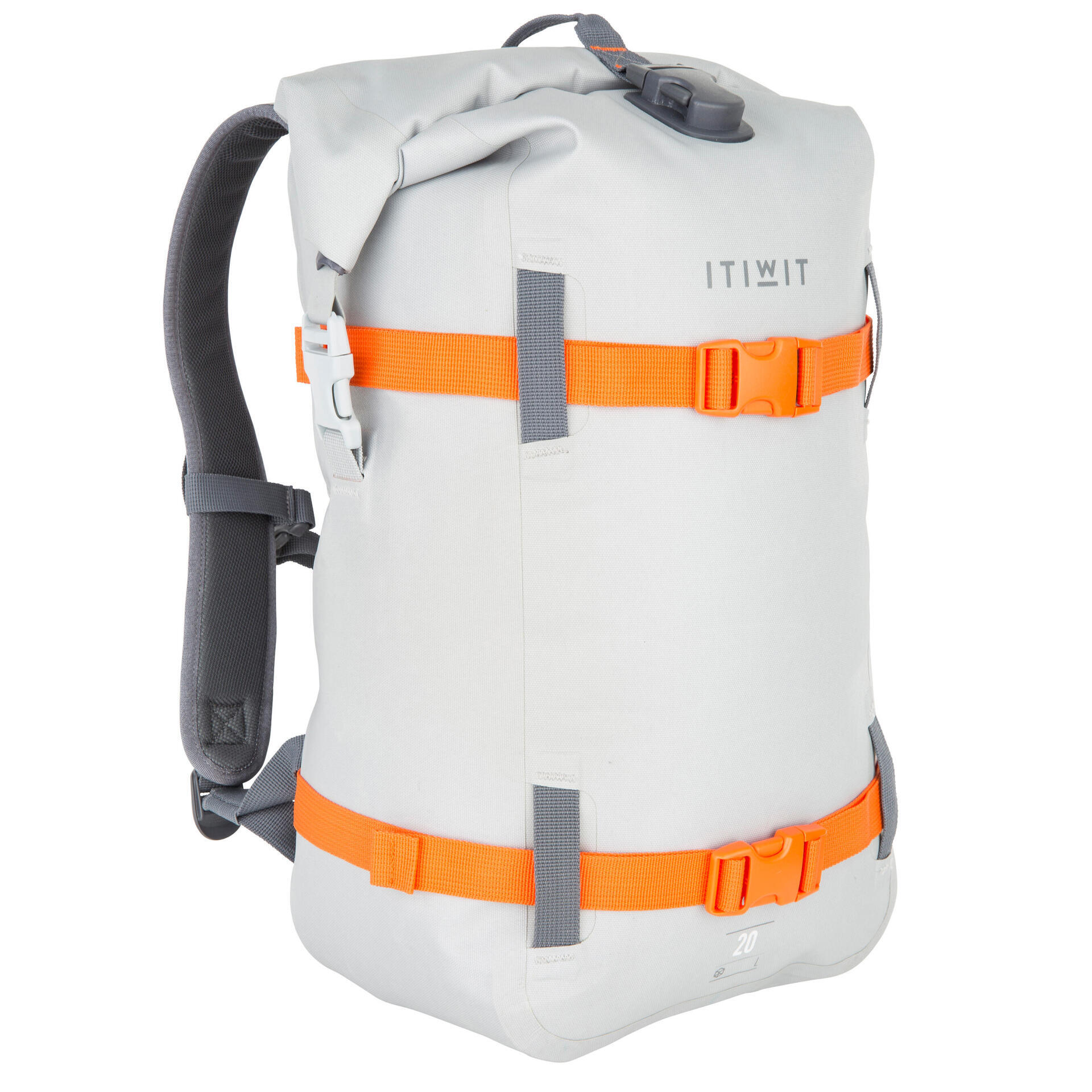
Waterproof bag
It is recommended to buy a thick PU shoulder bag, which is different from the one for kayaking. Before you buy it, remember to check if it is airtight after buckling it up.
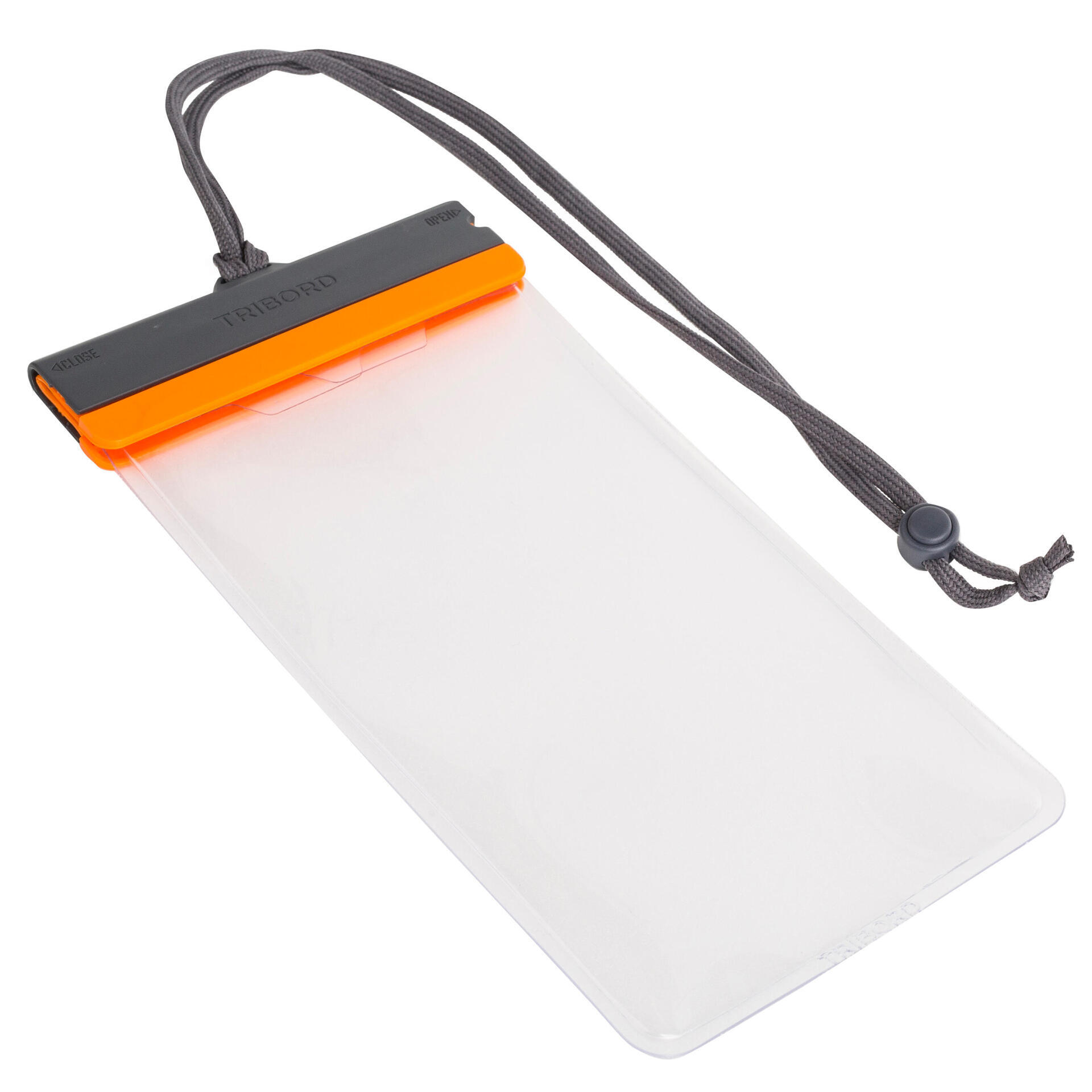
Waterproof phone pouch
Pack your electronic device in a special waterproof bag designed for phones for best protection.
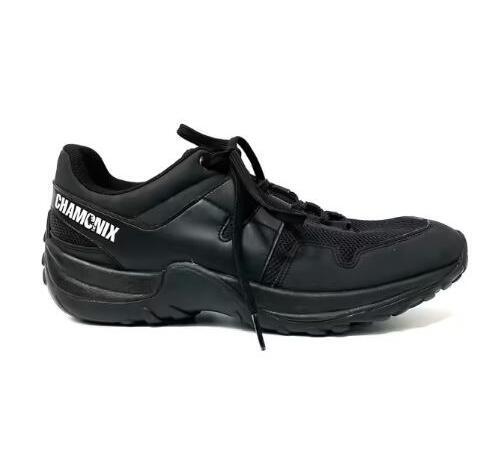
Stream hiking shoes
Unlike general hiking shoes, slip resistance is the most important. Get the shoes designed for stream hike to ensure safety.
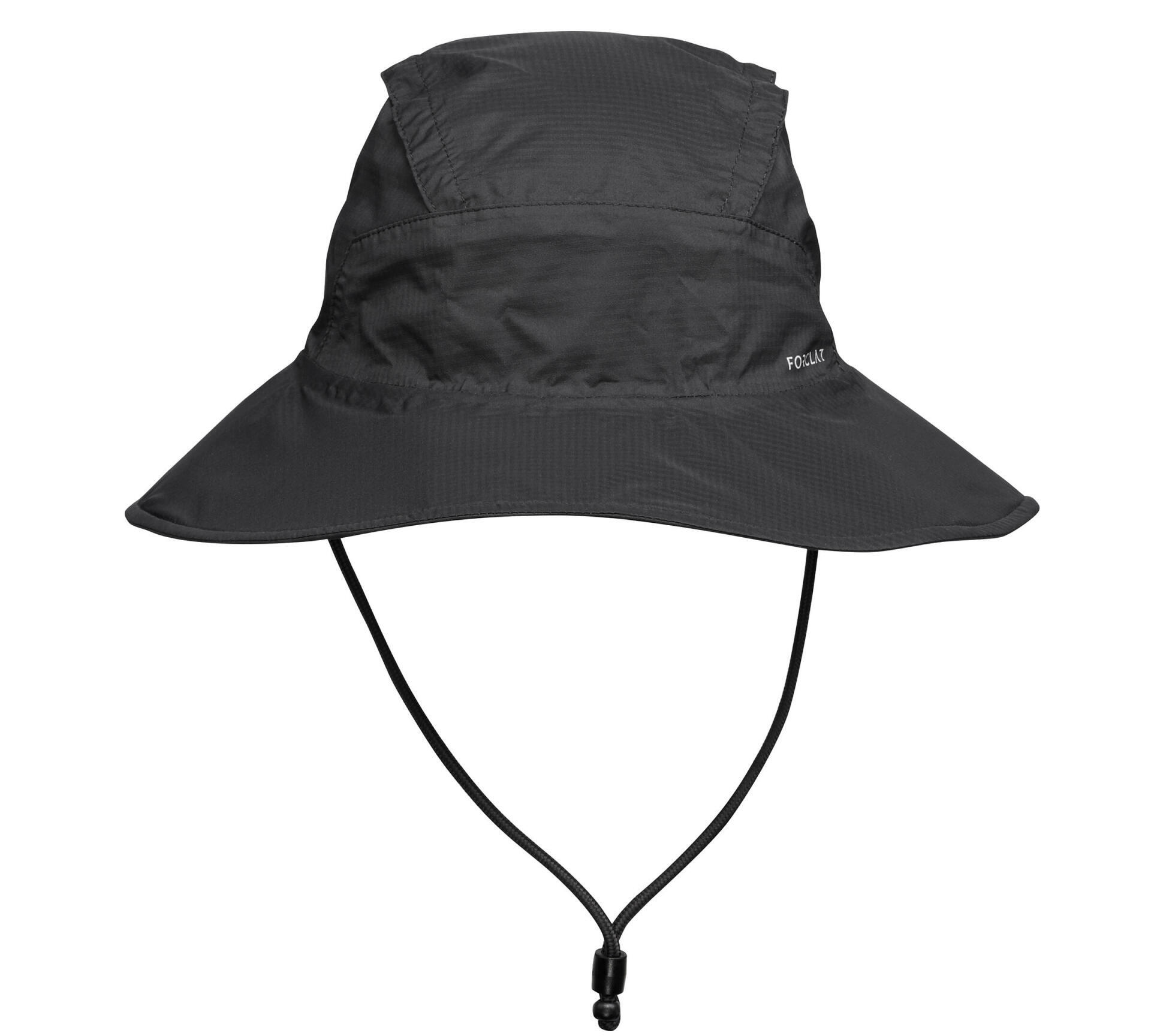
Hats
As you don't use sunscreen, remember to wear a hat for sun protection. A chin strap would be useful while crossing the stream too.
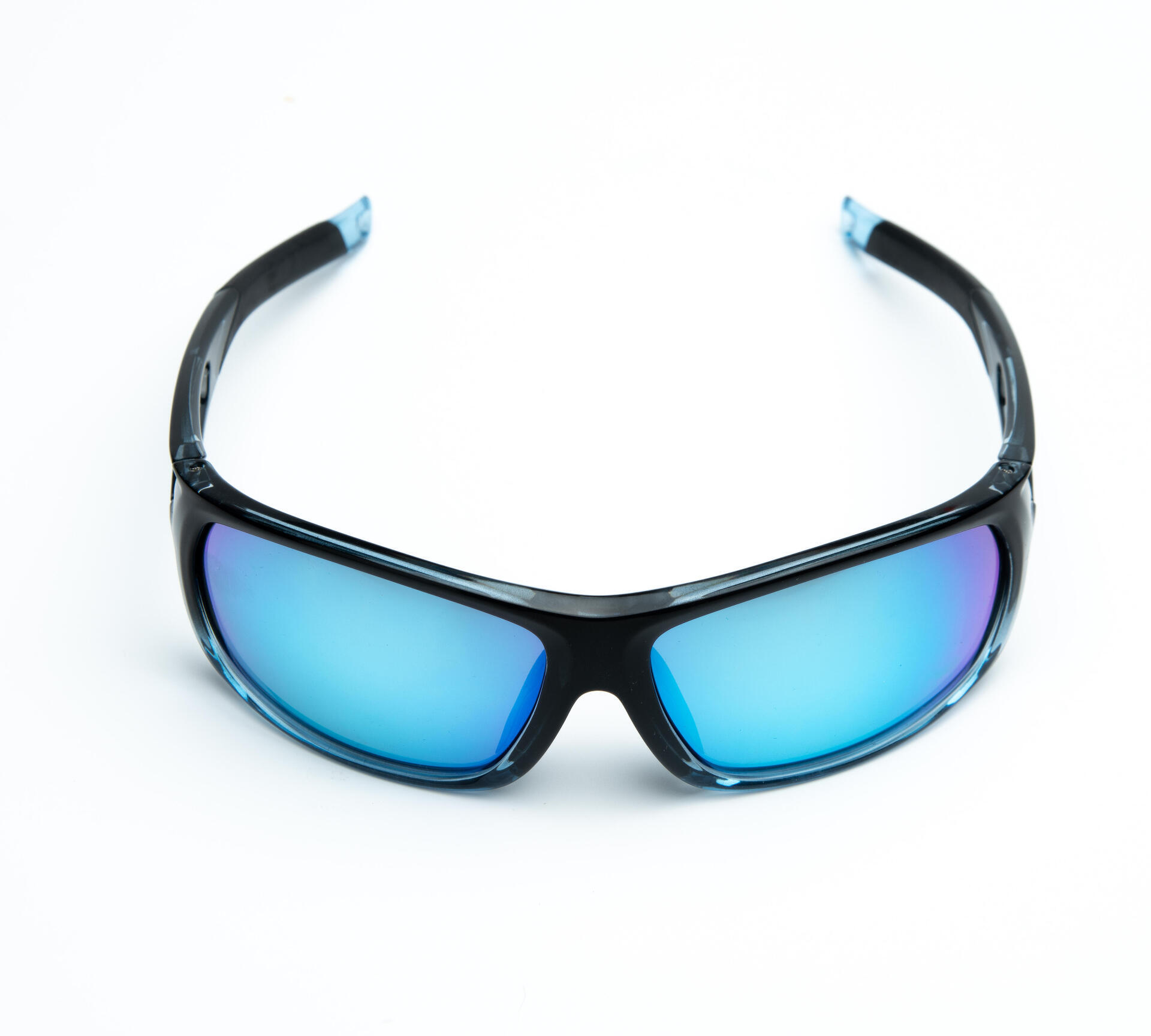
Sunglasses
They help you deal with bright and direct sunlight. Remember to add an eyewear retainer in case they fall off.
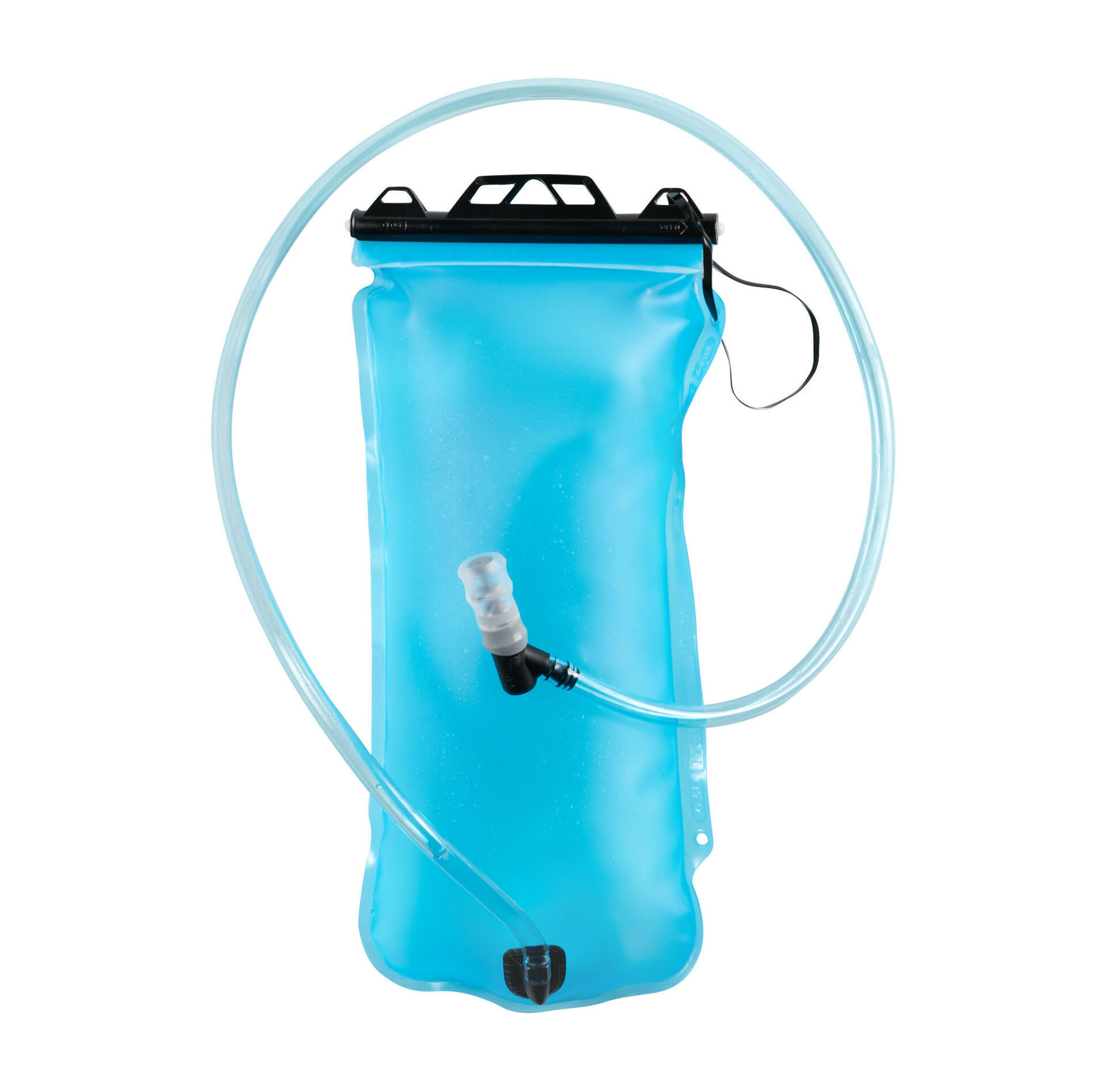
Water bottle or water bladder
Timely hydration is very important for summer outdoor activities.
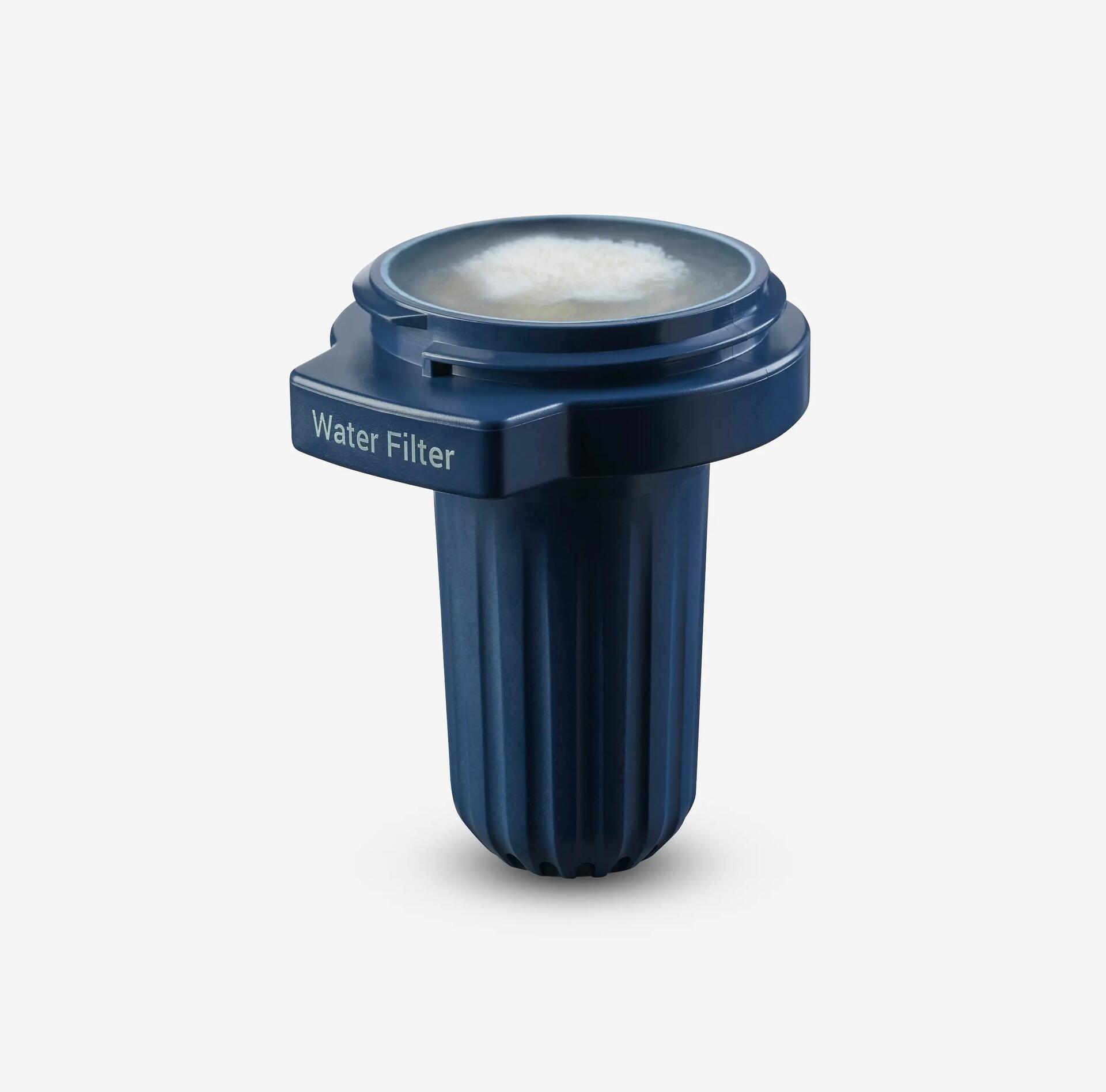
Water filter
If you want to climb with lighter gear, you can also choose to bring a water filter instead of a heavy water bottle, or take it as the last resort when you are out of water. Of course, most water filters only filter bacteria, not viruses. Remember to pick a water container that fits with the water filter.